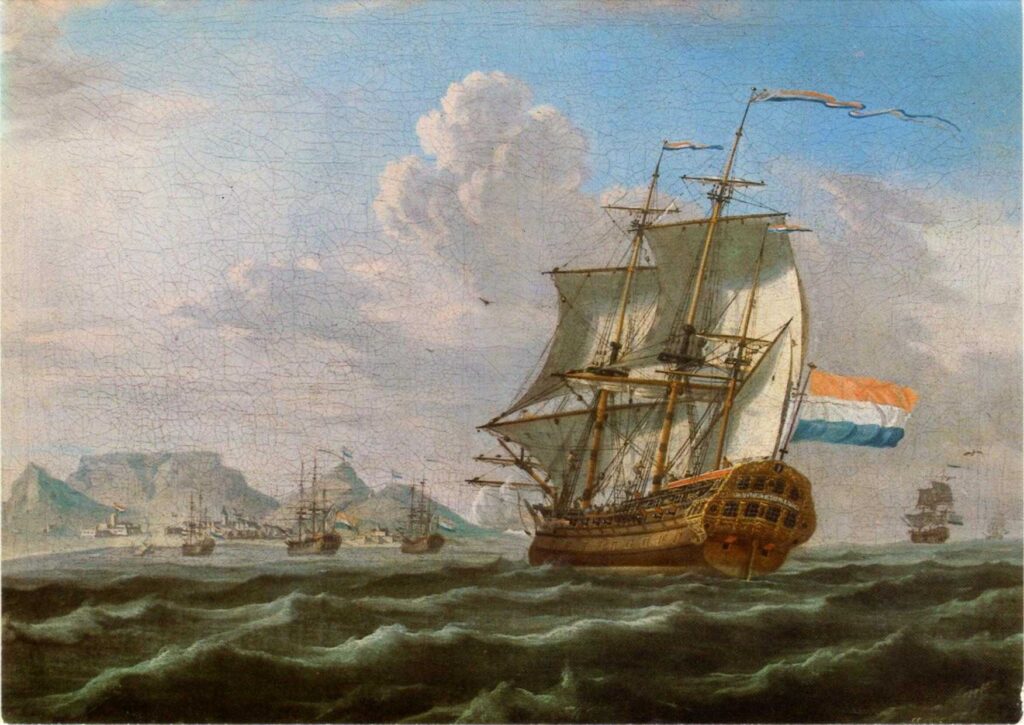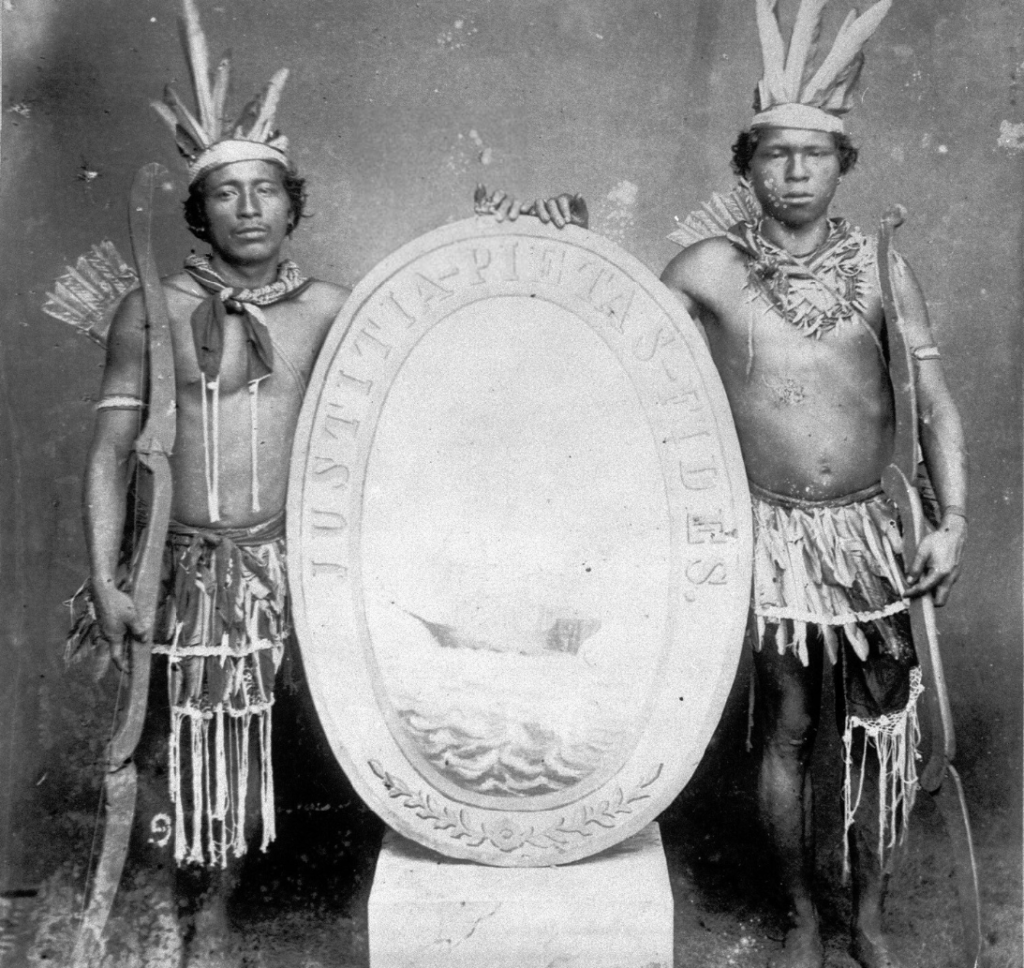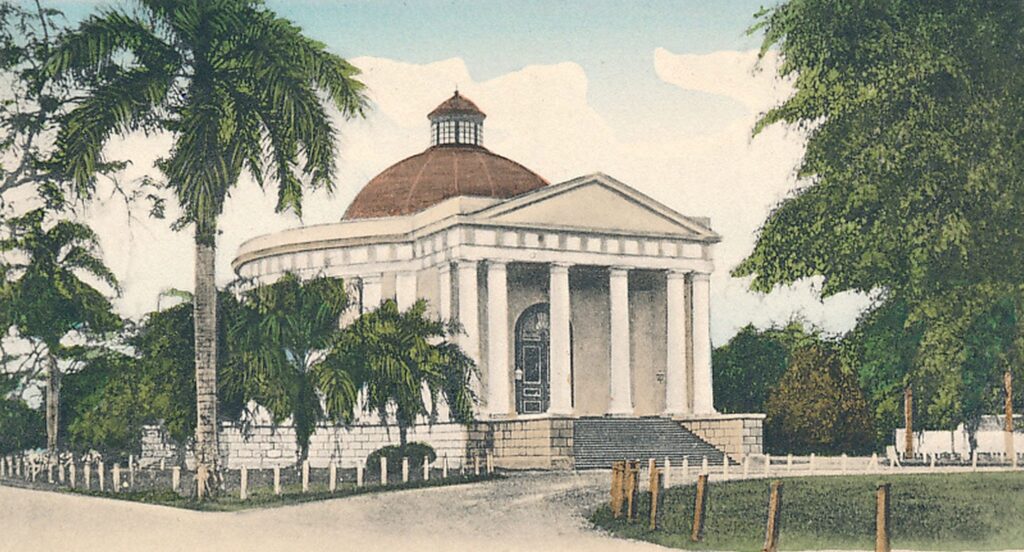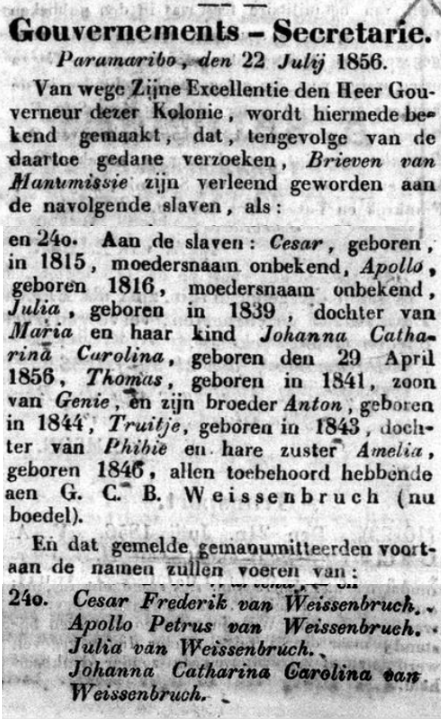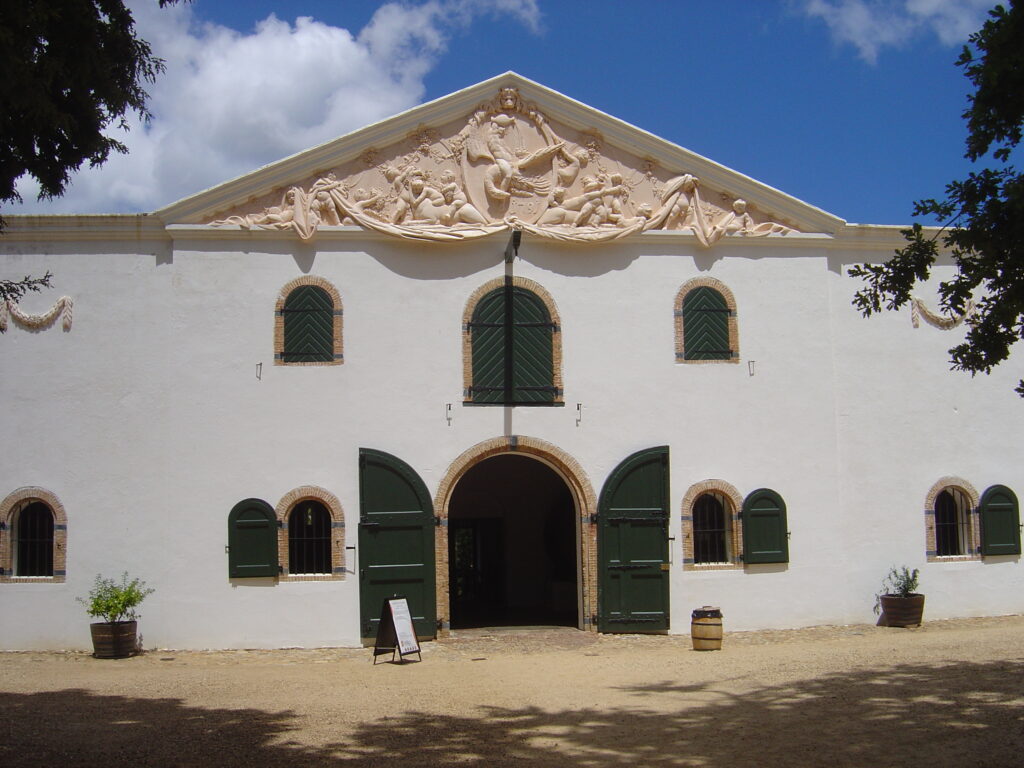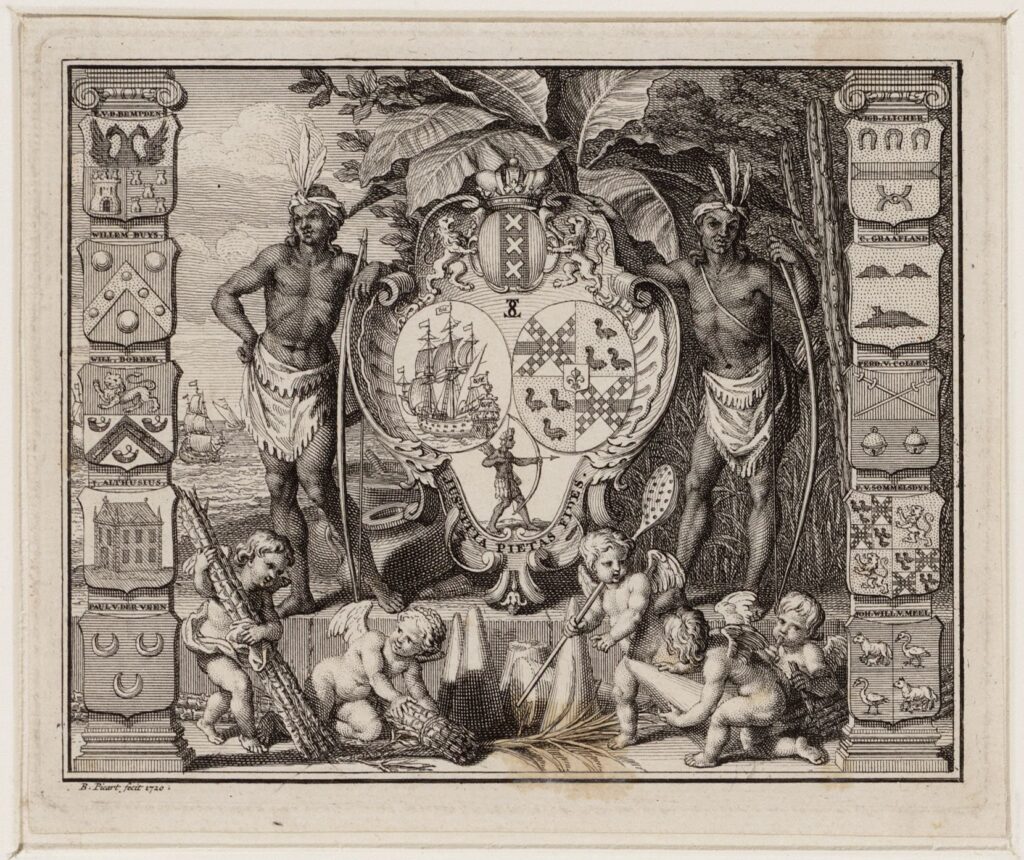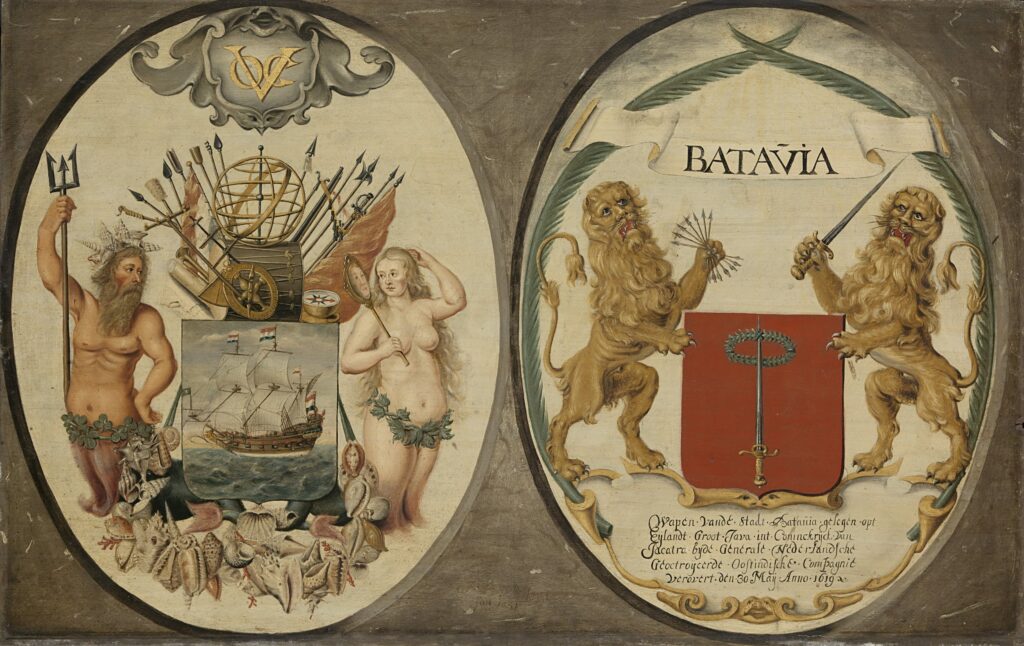To some extent, this will feel like a sequel to the piece I wrote last month, but in important ways it is not. Last month, I described, in general terms, how I became the Indo-Dutch classical scholar that I am now – here I describe a something that happened to me, earlier this year. Last month, the response was overwhelming – and overwhelmingly positive. This time, it may be different and more complex. However, stuff happened – and before I move on, there are a few things that I want to say. I will say it politely, and constructively – my aim is not to cause any upheaval or anger – but I will also have to be clear.
In the first half of this year, I was involved in a serious and lengthy battle for the post of professor of archaeology at the university where I had studied classics and where had set the first steps in my academic career. I was highly motivated. It would have been great to return ‘home’ to the place where so many of my friends still live, to work with nice people, and to live closer to my family. It also would have been a great story: my grandparents had arrived in The Netherlands with almost literally nothing – even their diplomas from the Dutch Indies were invalidated upon arrival; my father’s career at school and university had been difficult, with episodes of ethnic bias and marginalization, and my own start at the university and in classics also had been challenging, as I explained last month.
I felt it would be really important if, finally, someone like me were to do this kind of job: as a scholar of colour with a colonial migration background, I belong to a group that in The Netherlands is barely represented at the professorial level. Hence, I applied not only with the intention of doing great and innovative archaeological teaching and research, but also with an ambition to contribute to improving the ethnic balance and multicultural sensitivity in our field, and in the humanities at large. It is 2021, and it is an anachronism that we, Dutch people of colour, are so badly represented, particularly in the humanities – the place where our sometimes quite divergent perspectives on culture, history and society can have a real added value.
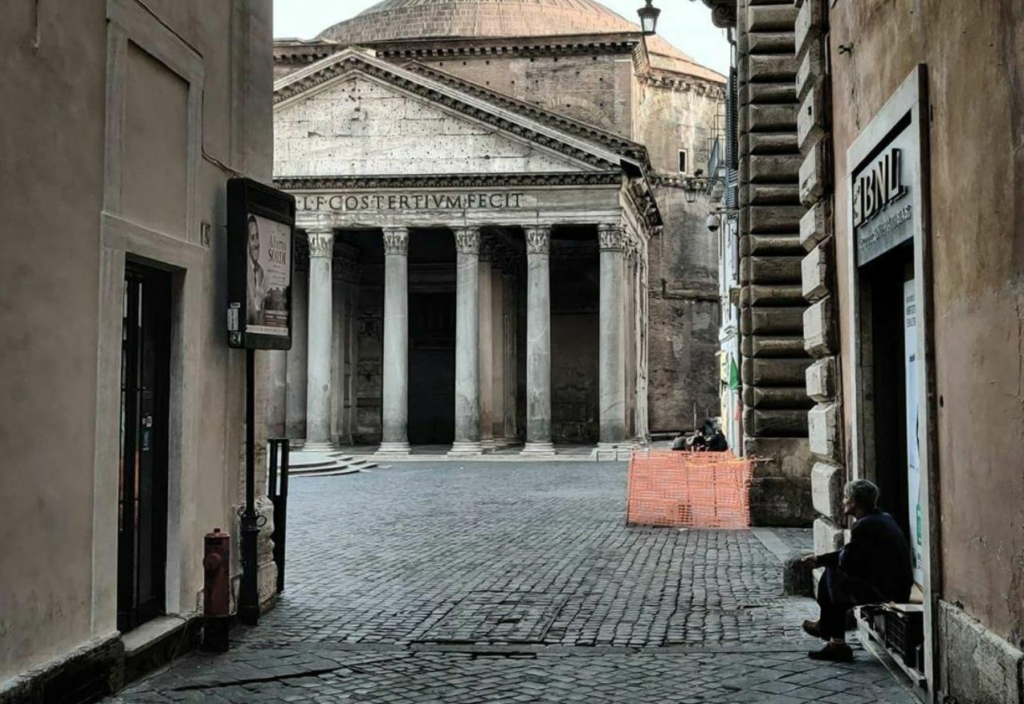
I got close. I got very close. But I did not get the job. I had more than convinced the committee of my suitability for the position, so they told me, but they put me in second place. This was sad, but it can happen: nobody gets through an academic career without losses and disappointments. Over the years I had built up some experience with the process, and I handle it relatively well. It was of course disappointing that the committee remained unconvinced by my plea for multiculturality and ethnic diversity – but that is an ideological choice that university departments are, and should be, free to make. Nevertheless, an uneasy feeling has remained. Something, in my view, is not right. In what follows, I will try to explain what.
One
Taken at face value, the result was remarkable: I was better qualified for the job than the chosen candidate. I will avoid the details here, but I had ten years more experience, much more knowledge of and affinity with the Dutch academic system and Dutch society, a very strong network in The Netherlands, and a well-developed public profile as an archaeologist. On top of that, my research profile and fieldwork expertise fitted better with the local academic environment and with the student population. Multiple people in the field expressed surprise about the outcome. Again, this happens more often, and it generally is a reason for frustration more than for alarm. Yet it struck me that even committee members would not commit wholeheartedly to the result. One reassured me that he had not participated in the final vote. Another one told me that ‘another committee would have made another choice’. It seemed as if even the people who had made the decision did not fully understand why it had been made, or how it could be translated into a convincing narrative.
The interviews had been surprising. Only the external member of the committee was an archaeologist, and he led the interviews on the topic of research, but his questions painted a remarkable picture of my work. In the first interview, my research was somewhat dismissively characterized as ‘economic history’. In reality, I am an urban archaeologist with an emancipatory agenda: I study architectural remains – workshops, shops, houses – to understand the lived experience of non-elite communities in their everyday urban environment. This was no secret: the archaeologist who asked the question had been on the committee that funded my fieldwork on the houses of Roman Paestum. In the second interview, as I explained my intention to focus on the lived urban environment, it was questioned as to whether I actually had the expertise to do so. This was odd: not only had I just published a volume on the topic, the archaeologist who asked the question had actually been at the conference from which the volume originated. In the third interview, it was suggested that my proposed research plans were ‘not innovative’. Yet they very clearly were – but they focused on contexts, debates and frameworks that were beyond the committee’s expertise – space, and social difference. In all three cases, there was an awkward fallacy of presupposition. The problem was not that I could not deny what was suggested – of course I could. The problem was that it left me with little time to tell my own story: my ideas long remained marginal to the conversation.
What made this uncomfortable – in hindsight – was that the colleague who led this conversation enjoyed close intellectual affinity with the candidate who would eventually be chosen. He had served as discussant in a volume co-edited by the successful candidate, and it appeared later that he also had been the peer reviewer of a recent monograph by this person. Their work is also theoretically, and to some extent ideologically, aligned. Of course, this is not uncommon: we are a small field, and to some extent, close intellectual ties and overlaps of interest are unavoidable. Yet intellectual affinity comes with a risk of intellectual bias that needs to be actively counteracted. In this case, the approach to interview questions should have been much more explicitly neutral. He should have refrained from framing my research, and simply let me tell my story.
Two
On top of this, there were errors in the organization of the process. Several of the decisions that the committee took in setting up the application process gave an advantage to one candidate. First, before the second round of interviews, it was decided not to ask the remaining candidates to put their research plans on paper. This is unusual: a written research plan of a couple of pages is a normal part of Dutch academic hiring processes – it gives individual committee members the possibility to reflect upon the plans of the candidates before, during and after the interview. Leaving it out meant that the committee only heard about the plans of the candidates during the interviews, starting from the questions of the archaeologist in the committee. Yet if the committee member who leads the discussion about research enjoys close affinity with the work of one of the remaining candidates, there is an imbalance of knowledge that puts the others at a disadvantage. This does not need to be ill will – it is simply that ideas and approaches that already are better ‘anchored’ in the expertise of a committee need less effort to make an impression.
A second decision that gave the winning candidate an advantage was the choice of topic for the trial lecture. The committee was very specific in its assignment: rather than giving the candidates the possibility to strategically highlight their strengths by asking us to simply cover an aspect from a broader topic like ‘Roman art’ or ‘Roman architecture’, they asked us to give a lecture on the Pantheon. In principle, there is nothing wrong with this – The Pantheon is right at the heart of Roman archaeology as a discipline. Yet if – as happened to be the case – one of the finalists has investigated the emergence and history of Roman concrete, that candidate has quite a clear advantage over the others. This work cannot have been unknown to the committee: it was published in the edited volume in which the archaeologist in the committee had been the discussant.
A third decision concerned the organization of the campus visit, which the committee added after the second round had not resulted in a clear victory for one of the candidates. The first two rounds, including the trial lecture, had been conducted digitally via Zoom – and the campus visit was meant to physically encounter the remaining candidates. Thus, alongside a third interview, they planned a ‘social event’ for the candidates, to meet with the committee in slightly less formal setting. To my astonishment, they took the candidate whom they would ultimately choose for dinner in a restaurant, whereas the other two candidates got a brownbag lunch in the university cafeteria. This not only meant that one candidate got considerably more time with the committee than the others, but also that this time was significantly better in quality.
Three
I hate to say it, but my background did not help either. My candidacy came with a range of vulnerabilities that were directly shaped by the way I, as a person from Indo-Dutch descent, had developed as a scholar. I described that, at length, last month. The fact that my research had ended up outside the mainstream of classical archaeology proved a liability when my work was represented erroneously during the interviews – it was very hard for the rest of the committee to see why the questions I got did not make sense. The fact that, as a student, I had come to be seen as a somewhat ‘difficult’ figure also came back to haunt me. Twenty years on, the committee still worried whether I would be able to be a good colleague. I have become used to the prejudice, but still, this was harsh, given everything I had built up at Leiden and within our research school, OIKOS.
The committee also had difficulty handling diversity as they encountered it. For instance, I had suggested in my cover letter that I looked forward to contribute to debates problematizing ‘Europe’ – the shared research focus of the institute where I was applying. This was seen by some as provocative – and put me on the defensive during one of the interviews. Yet for me, problematizing Europe is not provocative, but lived reality: if you come to the humanities from an Indo-Dutch background, the very idea of ‘Europe’ as a research focus is hugely problematic and exclusionary – it essentially denies the existence of part of who you are. That what I wrote landed uneasily with the committee highlights the divergent perspective that a migration background may bring – and the small frictions that may result from that in academic environments where migration backgrounds are badly represented.
More troublesome was the way in which my seniority was misinterpreted. When discussing leadership, it was stated by someone, looking at me, that I was ‘very young’. In reality, I am not at all very young: I am in my mid-forties. I have gotten used to the confusion: because of my physical (Indo-European) appearance, familiar indicators of age are absent, and people often underestimate how old I am. Usually, this is not a problem, but when my underestimated age is used in framing a conversation about academic leadership, I am being put at a disadvantage. Had I looked more senior, our conversation about leadership would have started differently. Of course, these are issues of diversity for which interviewers can be trained – but if universities have not invested in this, it makes things more difficult for candidates coming from a different background.
Four
I think that what happened is problematic. Yet there are two things that I want to emphasize. First, I am touched by what happened, but I am not angry. I have issues with practices, not with people. All people involved were very kind throughout the process, and the atmosphere was good. I would have loved to work with them, and I regret that this is not going to happen. That does not make right what has gone wrong, but it is important that all eyes remain on the ball: I am not looking for trouble, but for better, fairer practices. Second, I do not think that I should have been given an edge because of the fact that people like me are underrepresented in the humanities. Of course, I think that lack of representation is a serious problem: the humanities belong to all of society, not just to people of fully European descent. The fact that, in the humanities, the number of full professors from Flanders or Germany completely eclipses the total number of full professors with a Dutch-Indonesian, Dutch-Caribbean, Dutch-Surinamese, Dutch-Moroccan and Dutch-Turkish background taken together points to systemic inequalities that should worry anyone with a heart for our disciplines. Underrepresentation is a form of academic injustice, and it should be addressed – but not, I believe, by positive discrimination. At least, not at this point.
I accept that the road towards better representation will be long and winding. As long as people like me are not represented in hiring committees, people like me will more often face an uphill battle – the examples I gave in section three illustrate why. A lot of that is hard to avoid. I am prepared to deal with lack of affinity, conceptual distance, and ideological misunderstanding. I accept that more will be asked if you deviate from the implicit ethnic norm – this is the inevitable cumulative effect of all the small things you will encounter in your career. Yet what should not be accepted under these circumstances is that well-qualified candidates from underrepresented groups have to witness their work being misrepresented during interviews. Their ideas should never remain marginal to the conversation. Hence, interview questions should be truly open, and should leave out the ideas and concerns of interviewers as much as possible. Similarly, candidates from underrepresented groups should not be disadvantaged because of the organizational choices made by the committee. The why does not matter here: candidates should simplyget the same treatment, and assignments should be chosen so as to give all finalists equal opportunities.
Five
Professorships are important: Dutch professors have a lot of power. This is not reconcilable with sloppy hiring processes. From my perspective, this would mean that the result of this process can not credibly stand and should not be legitimated by the chosen candidate. Yet – obviously – I cannot be a judge in my own case. Hence, my final point here is different: whatever happens, I hope the people at the university where this took place will have a very serious conversation about whether these practices really meet the standards according to which they want to operate – and if not, then about what that means. Additionally, I think we will need to see a broader, serious effort to understand why the higher echelons of our disciplines have remained so incredibly white. My case may be unique, but it was not, I believe, an incident. Ethnic underrepresentation is a big problem that seriously threatens the long-term credibility of our disciplines. I will hopefully be around for a couple of decades, and alongside doing innovative stuff in archaeology and ancient history, I am going to put this on the agenda, again and again, until we are going to see some real change. The irony, of course, is that I would have had much more power to contribute to change if I had become a full professor.
Change is long overdue: my family arrived in 1954, and it was 2021 when I was advocating against structural underrepresentation of our ethnic group. It was also 2021 when my ethnic background, at a career-defining moment, caused me all kinds of disadvantages – directly and indirectly. Given that it was so close, there is no doubt that I would have had a better chance had I not had this extra weight on my shoulders, and that really makes it indefensible that the trial lecture and the campus visit were not organized as they should, and that my work was erroneously represented. More importantly, however, I belong to an ethnic group that is relatively privileged: there are multiple other groups of people with a migration background for whom all of this is much harder still. Yet if people in academia already struggle to handle the relatively modest amount of diversity that I bring in, please make no mistake: the systemic problem we are facing is real and serious.
Miko Flohr, 15/10/2021

